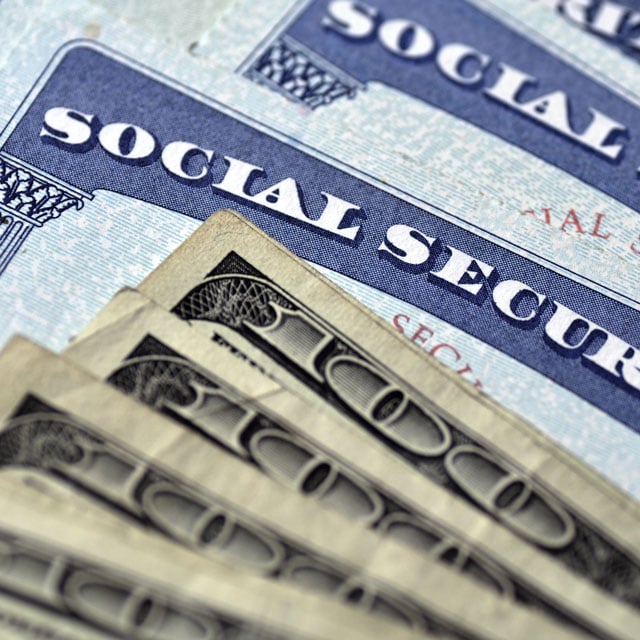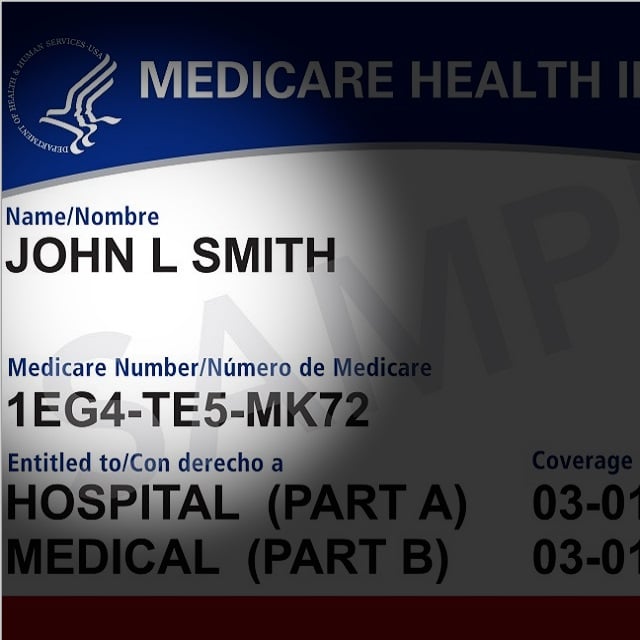This may be an even worse year than normal to have an unexpected heart attack, but a good year to be selling products aimed at Americans without solid health coverage. The U.S. Census Bureau today released data supporting that possibility in a table based on new data from the 2018 Current Population Survey program.
(Related: Health Insurance Choices Could Get Your Client Deported) The Affordable Care Act of 2014, and Obama administration regulators, added many benefits requirements, marketing restrictions, charges and programs that pushed up the cost of major medical insurance and reduced the number of issuers interested in selling coverage. In recent years, Congress has reduced the amount of subsidies available to the insurers selling coverage through the ACA public exchange program, and it has also zeroed out the ACA provision that requires many people to have what the government classifies as solid major medical insurance or else pay a penalty. Health finance policy specialists have different ideas about how much impact federal policy changes and other factors have had, but the number of people with coverage fell between 2017 and 2018, in spite of strong employment levels. The overall U.S. population grew just 0.4% between 2017 and 2018, to 324 million people. The number of people with private health insurance fell 0.2%, to 218 million, and the number of people with either private or public coverage also fell 0.2%, to 296 million. The number of uninsured people jumped 7.3%, to 27 million: The United States had 1.9 million more people without either public or private health coverage in 2018 than it had a year earlier. Between 2016 and 2017, the number of U.S. people without health insurance increased by about 492,000 people. The number of uninsured people in the data for 2017 was 1.8% higher than the number in the data for 2016. Medicaid, and strong ACA premium tax credit subsidies for working people with household income below 250% of the federal poverty level, helped keep the uninsured rate falling for people with income under $50,000 of the federal poverty level. Uninsurance soared for people with household income in the Census Bureau's $50,000-and-over income categories. Those relatively high-income uninsured people could be good prospects for "gap filler" products, such as telemedicine programs, short-term health insurance, hospital indemnity insurance, or health care finance programs.
For a look at how uninsurance changed between 2017 and 2018 for people in the bureau's seven major income categories, see the data cards in the slideshow above. Resources
A link to the new Census Bureau health coverage and uninsurance data is available here. — Read Prudential Sheds 'Too-Big-to-Fail' Label, But..., on ThinkAdvisor. — Connect with ThinkAdvisor Life/Health on Facebook, LinkedIn and Twitter.









